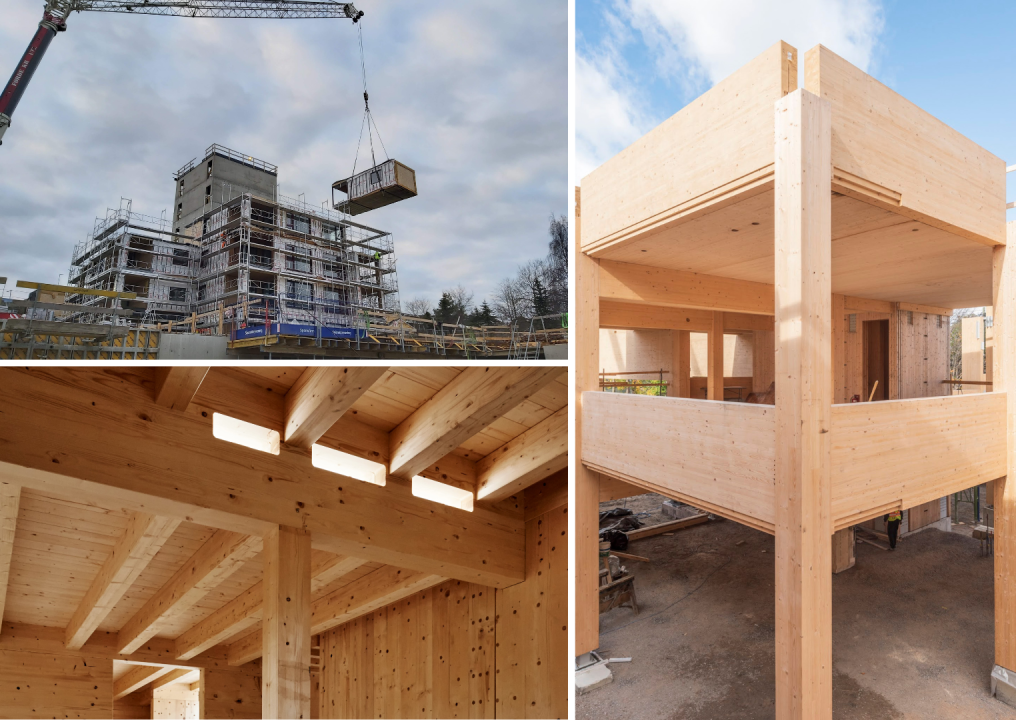Structural Restoration plannings in coastal regions present unique challenges due to exposure to saltwater, high humidity, and marine environments. Designing and maintaining Structural Restoration planning in coastal areas require specialized considerations to ensure durability, corrosion resistance, and long-term performance. Here’s an overview of key aspects related to Structural Restoration plannings in coastal regions:
1. Material Selection:
- Corrosion Resistance:
- Choose timber species that are naturally resistant to decay and marine borers, such as tropical hardwoods (e.g., teak, ipe) or treated softwoods (e.g., pressure-treated pine), to withstand exposure to saltwater and humidity.
- Preservative Treatments:
- Apply preservative treatments, such as creosote, copper azole, or chromated copper arsenate (CCA), to enhance timber durability and protect against fungal decay, termites, and marine organisms.
2. Design Considerations:
- Structural Integrity:
- Design Structural Restoration plannings with robust structural elements, including corrosion-resistant fasteners, stainless steel connectors, and protective coatings, to withstand coastal weather conditions and marine exposure.
- Elevation and Drainage:
- Incorporate proper drainage systems, slope gradients, and elevation strategies to minimize water accumulation, prevent moisture infiltration, and reduce the risk of timber decay or rot.
3. Construction Practices:
- Quality Control:
- Implement stringent quality control measures during construction, including proper material handling, joint detailing, and sealing techniques, to ensure the integrity and longevity of Structural Restoration planning components in coastal environments.
- Prefabrication:
- Utilize prefabricated timber components and modular construction techniques to minimize on-site exposure to moisture, accelerate construction schedules, and enhance construction quality in coastal regions.
4. Maintenance and Preservation:
- Regular Inspections:
- Conduct routine inspections to assess Structural Restoration planning conditions, identify signs of deterioration, and implement timely maintenance or repair interventions to prevent structural degradation and ensure safety.
- Timber Treatment:
- Apply periodic timber treatments, such as reapplication of preservatives or protective coatings, to maintain timber integrity and prolong service life in corrosive coastal environments.
5. Environmental Impact:
- Ecological Considerations:
- Design coastal Structural Restoration plannings with minimal environmental impact, incorporating eco-friendly construction practices, wildlife-friendly structures, and habitat restoration measures to preserve coastal ecosystems.
- Resilience to Climate Change:
- Address climate change impacts, such as sea-level rise and increased storm frequency, in coastal Structural Restoration planning designs, integrating adaptive strategies and resilient infrastructure solutions for long-term sustainability.
Conclusion:
Structural Restoration plannings in coastal regions require careful planning, material selection, and construction practices to withstand the unique challenges posed by marine environments. By implementing corrosion-resistant designs, utilizing durable timber materials, and adopting proactive maintenance strategies, coastal Structural Restoration plannings can thrive in challenging coastal settings, providing essential transportation links while promoting environmental stewardship and resilience in the face of coastal hazards. Continuous innovation and collaboration among stakeholders are essential for advancing coastal Structural Restoration planning technologies and enhancing their role in sustainable coastal infrastructure development.
